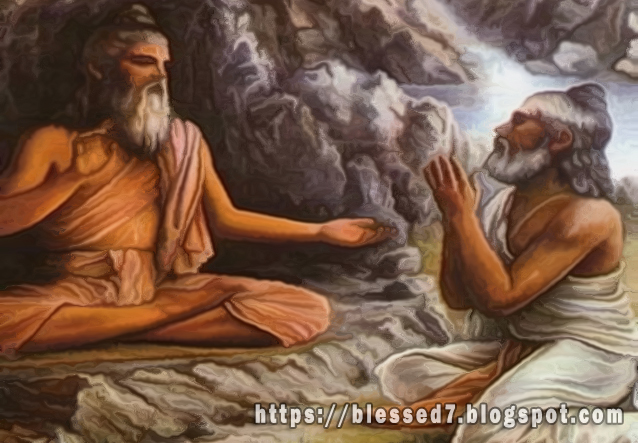Characteristics. Modern spirituality centers on the "deepest values and meanings by which people live". It often embraces the idea of an ultimate or an alleged immaterial reality. It envisions an inner path enabling a person to discover the essence of his/her being.
1. The Word: Kavod (Ancient Hebrew)
What it means: "The awareness of the importance of things. Kavod originally was a business term, referring to weights and measures. Over time the word began to take on a more figurative meaning, referring to the importance and significance of something."
When—and how—to use it: "Kavod is what happens when you're exchanging the usual 'How are yous?' with a person you see regularly, only on this particular day she doesn't respond with her normal, 'Fine, and you?' but instead says, 'Not good'—and suddenly everything changes. Now the conversation is no longer brief and shallow like it has been for years, because now it weighs something, it is significant, it matters. She matters; you matter; the fact that she decided to be honest with you matters; the thing that is happening between you matters."
Why Bell believes we need it: "The word is often used in the scriptures to refer to that which happens when the monotony is pierced, the boredom hijacked, the despair overpowered by your sense that something else is going on, something that reminds you of your smallness, frailty, and impermanence. It's that gut-level awareness you're seized by that tells you, 'Pay attention, because this matters.'"
2. The Word: Grenzbegrifflich (German)
What it means: "Grenzbegrifflich describes that which is very real but is beyond analysis and description."
When—and how—to use it: When you confront "those things that you absolutely, positively know to be true but would be hard-pressed to produce evidence for if asked." Such as, "explaining how that particular song moves you or articulating why you fell in love with that person."
Why we need it: "'To believe that there's more going on here, that there may be a reality beyond what we can comprehend—that's something else. That's being open. There are other ways of knowing than only those of the intellect."
3. The Word: Ruach (Ancient Hebrew)
What it means: "An explosive, expansive, surprising, creative energy that surges through all things, holding everything all together and giving the universe its life and depth and fullness."
When—and how—to use it: When we want to "talk about those moments, when an object or gesture or word or event is what it is, but is also more, at the same time, something more." For example: "It was a meal, but it was more than a meal; just as it was a conversation and yet more than a conversation."
Why we need it: "In our modern world, people understand spirit to mean something less real, less tangible, less substantive—something nonphysical, something that may or may not exist. But when the Hebrews spoke of the ruach, they weren't talking about something less real; they were talking about what happens when something becomes more real, right before your eyes...The challenge is for me and you to become more and more the kind of people who are aware of the divine presence, attuned to the ruach, present to the depths of each and every moment."
4. The Word: Splagchnon (Greek)
What it means: "The deep place within us where our desires reside. Splagchnon translates literally as bowel or intestines or guts or innards. It came to refer to the part of you from which you truly live, the seat of your being that drives you to move and act and touch and feel."
When—and how—to use it: "[When] we need to face and know and name and embrace all that is true about us, from our fears and addictions and doubts and guilt to our dreams and desires and hopes and longings."
Why we need it: "What happened in the Western world several hundred years ago is that the rational dimensions of our being gained a prominence over other ways of knowing. This had a powerful effect, leading many of us to discount the very real and reliable information our bodies are constantly absorbing from the world around us. This isn't just about listening and trusting our bodies, but also about the far more important responsibility we have to honor them as the gifts they are."
5. The Word: Echad (Hebrew)
What it means: "A unity made up of many parts."
When to use it: "We have an intuitive awareness that everything is ultimately connected to everything else. When you get a glimpse of what someone else has gone through or is currently in the throes of and you find yourself inextricably, mysteriously linked with that person because you have been reminded again of our common humanity."
Why we need it: "We live in a dis-integrated culture, in which headlines and opinions and images and sound bites pound us with their fragmented, frantic, isolated blips and squeaks, none of it bound together by any higher unity, coherence, or transcendent reference point. This fragmentation can easily shape us, convincing us that things aren't one. But everything has a singular, common source and is infinitely, endlessly, deeply connected. We are involved, all of us. And it all matters."
Source: http://www.oprah.com/inspiration/Words-Every-Spiritual-Person-Needs-to-Know
















